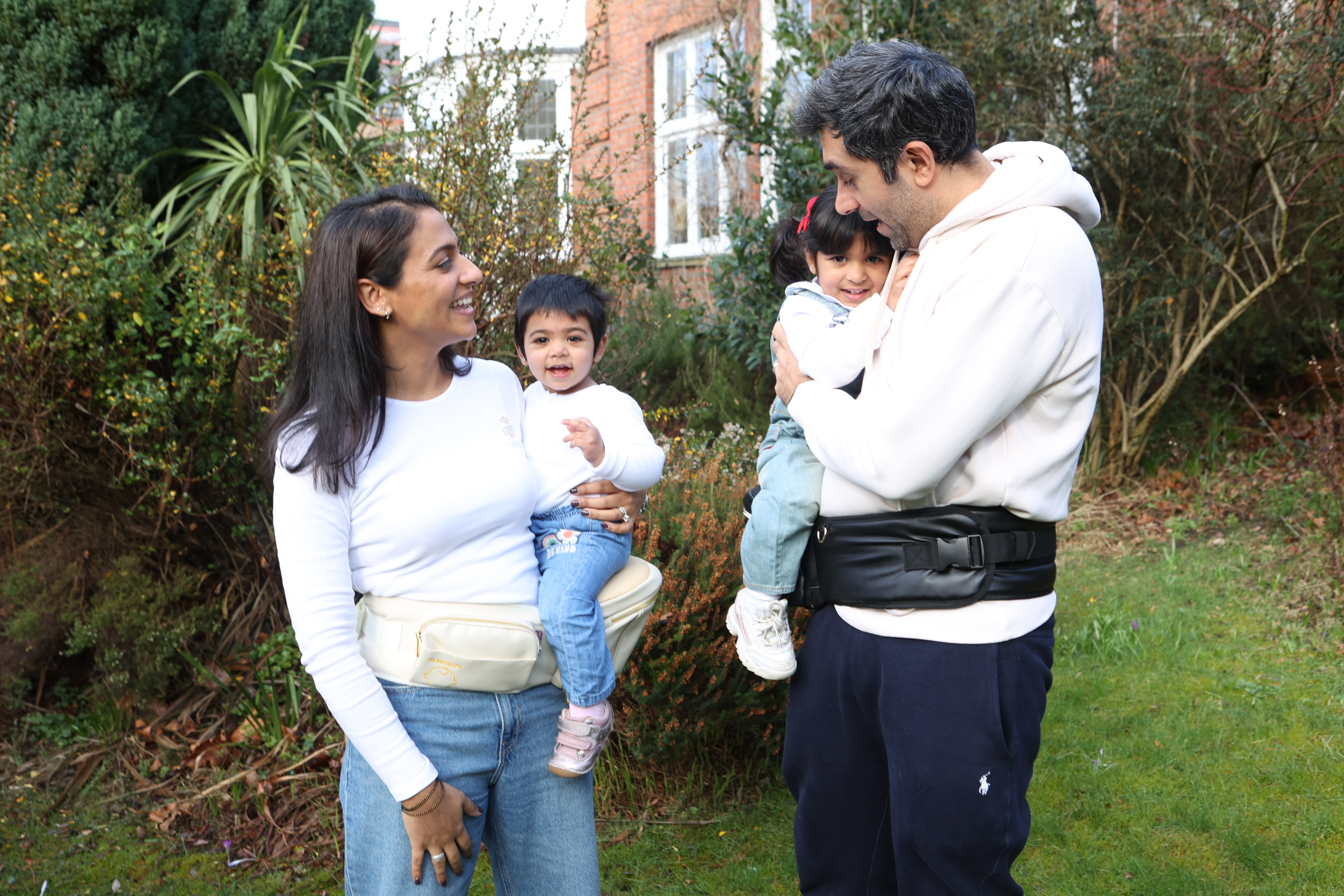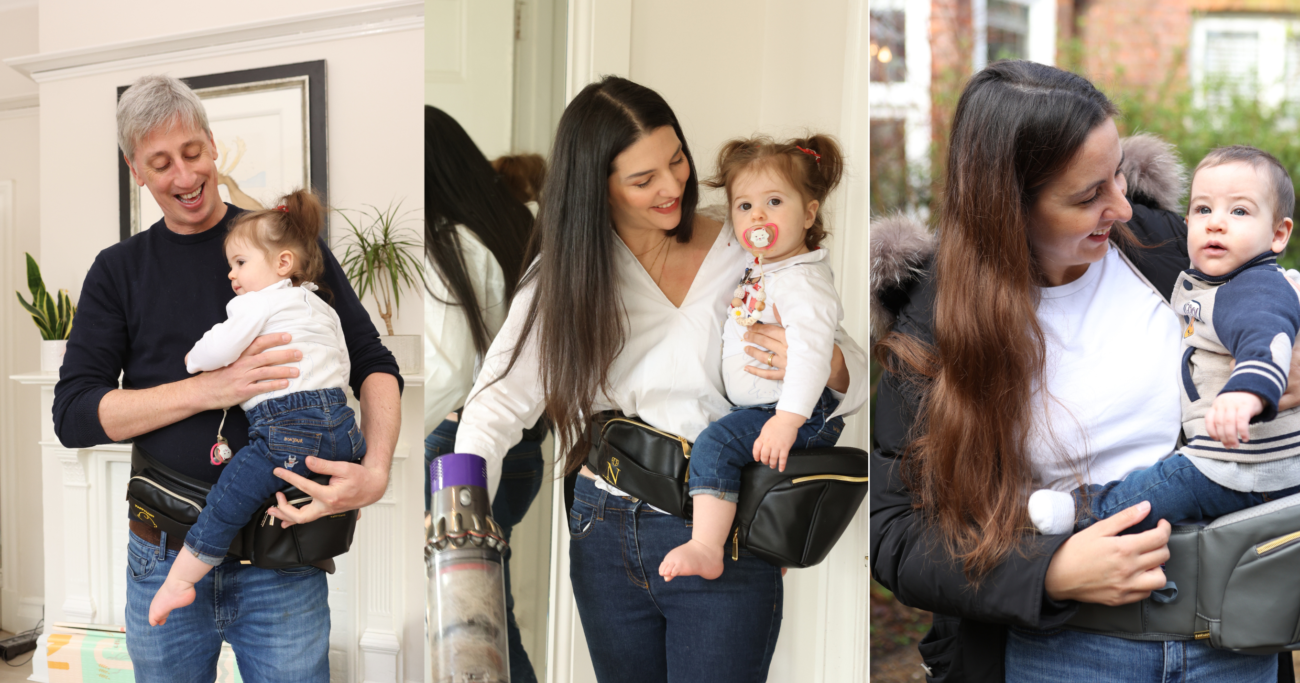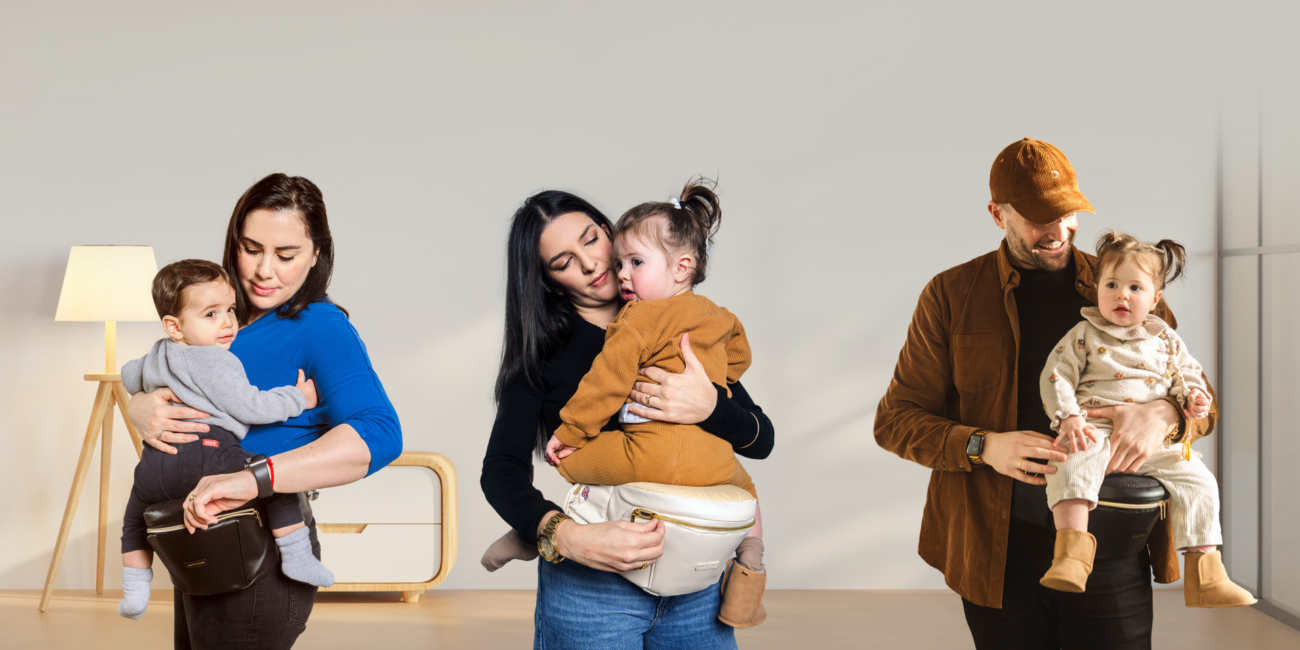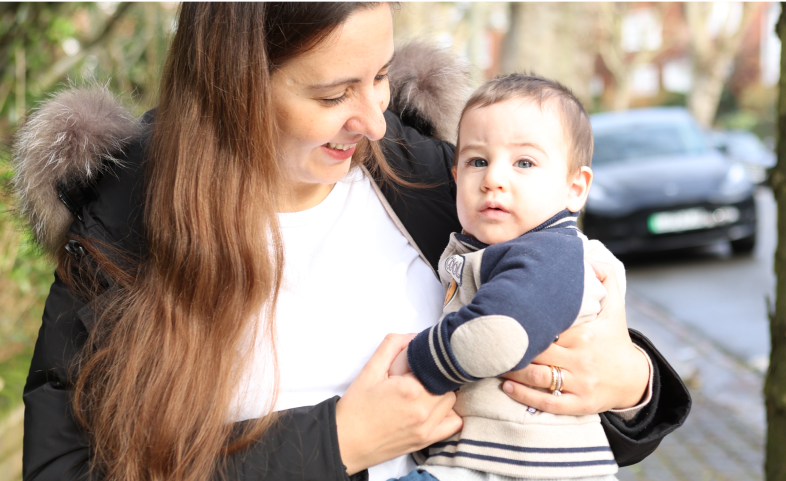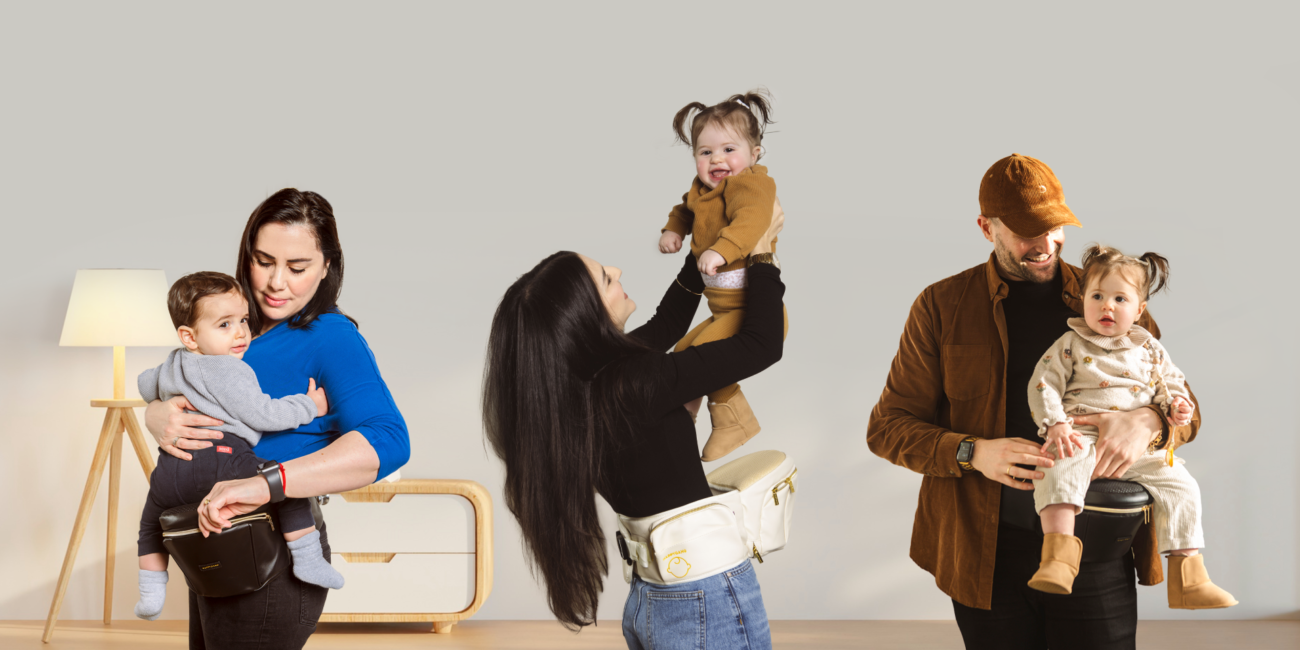As parents, we instinctively understand the power of a loving touch in comforting and reassuring
our little ones. However, the significance of physical contact goes far beyond mere comfort—it
plays a crucial role in shaping the developing brain of toddlers. In this article, we’ll explore why
physical contact is paramount for toddler development and how hip seats offer an ideal solution to
foster this essential connection.
The Science of Touch:
From the moment they are born, babies crave physical contact with their caregivers. This innate
desire is deeply rooted in biology; touch releases oxytocin, often referred to as the “love hormone,”
which promotes feelings of bonding and trust. For toddlers, consistent physical contact is vital for
healthy brain development, influencing everything from emotional regulation to social skills.
The Importance of Secure Attachment:
Attachment theory emphasizes the critical role of early relationships in shaping a child’s emotional
well-being. Secure attachment forms the foundation for healthy social and emotional development,
providing toddlers with the confidence to explore their surroundings and form relationships with
others. Physical contact, such as cuddling, hugging, and carrying, fosters this secure attachment
by reinforcing the bond between parent and child.
How Hip Seats Enhance Physical Connection:
Hip seats offer a practical solution for maintaining close physical contact with your toddler while
keeping your hands free for other tasks. By securely holding your child against your body, hip seats
create a sense of intimacy and security that promotes bonding and attachment. Whether you’re
running errands, taking a stroll, or simply going about your daily routine, a hip seat allows you to
keep your toddler close and connected.
Promoting Cognitive Development:
Physical contact not only nurtures emotional well-being but also stimulates cognitive development
in toddlers. Close proximity to a caregiver provides toddlers with a sense of safety and security,
allowing them to explore their environment with confidence. Through touch, toddlers learn about
their world, develop a sense of spatial awareness, and build foundational skills for communication
and problem-solving.
Conclusion:
As parents, we play a pivotal role in shaping the development of our toddlers, and physical contact
serves as a cornerstone of this journey. By understanding the importance of touch in fostering
secure attachment and promoting healthy brain development, we can provide our little ones with
the nurturing environment they need to thrive. With the help of hip seats, we can seamlessly
integrate physical contact into our daily lives, strengthening the bond between parent and child and
laying the groundwork for a bright future.
For more information on toddler development, attachment parenting, or hip seat usage, feel free to
explore the links provided above.


